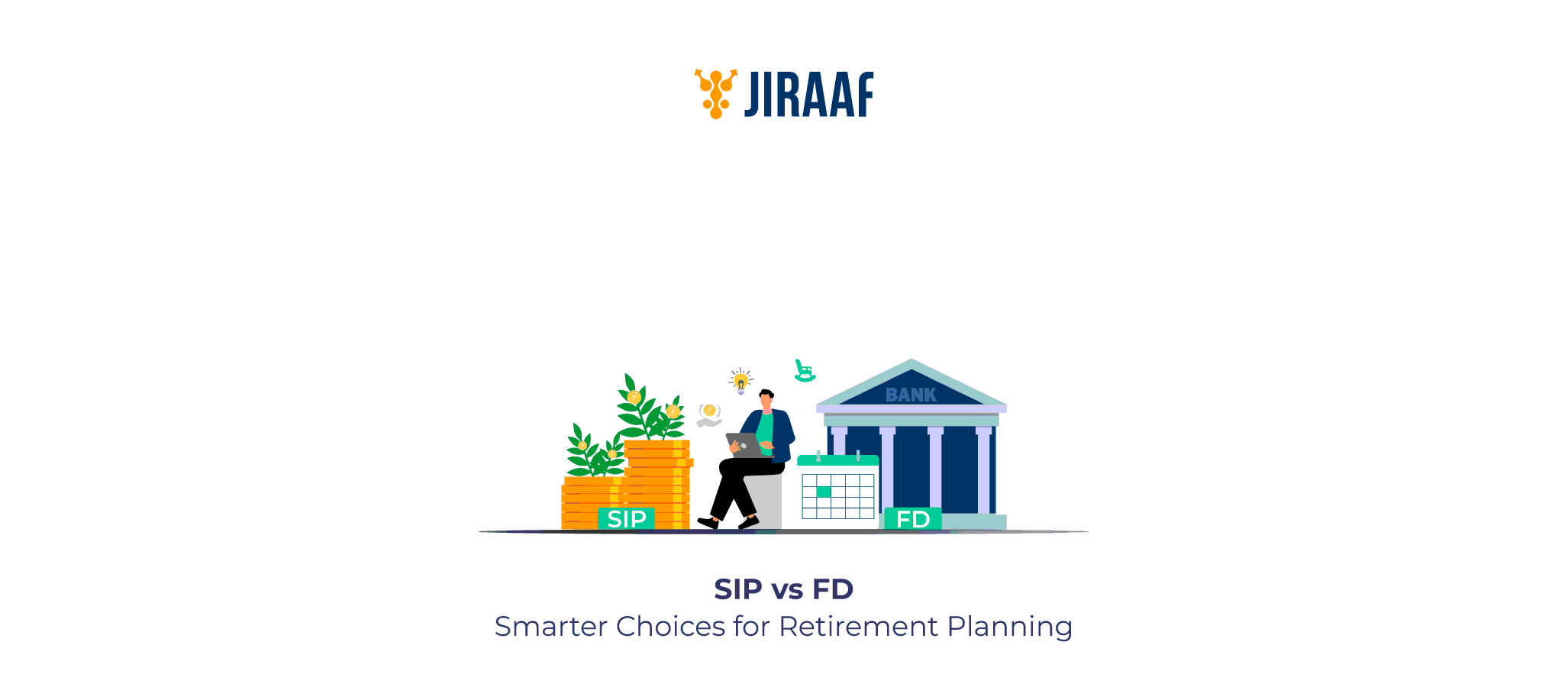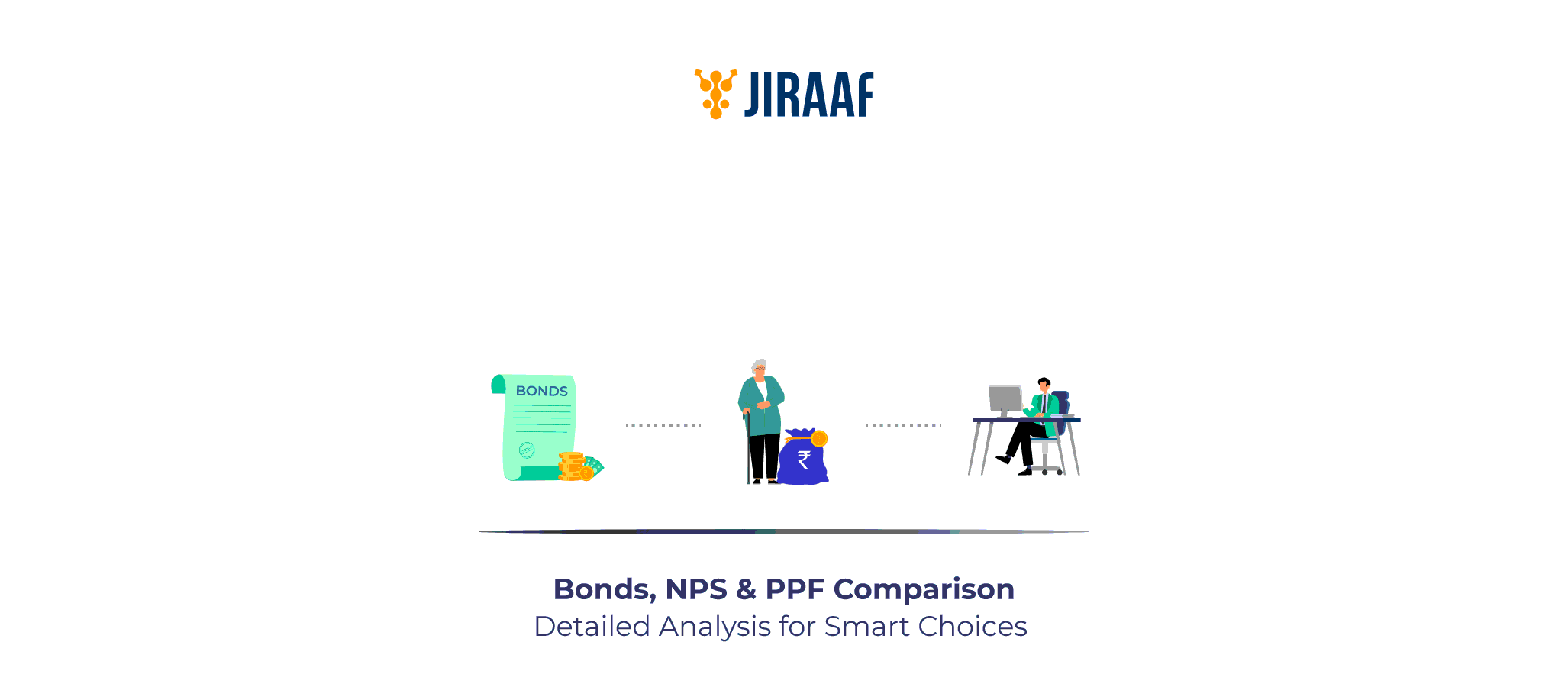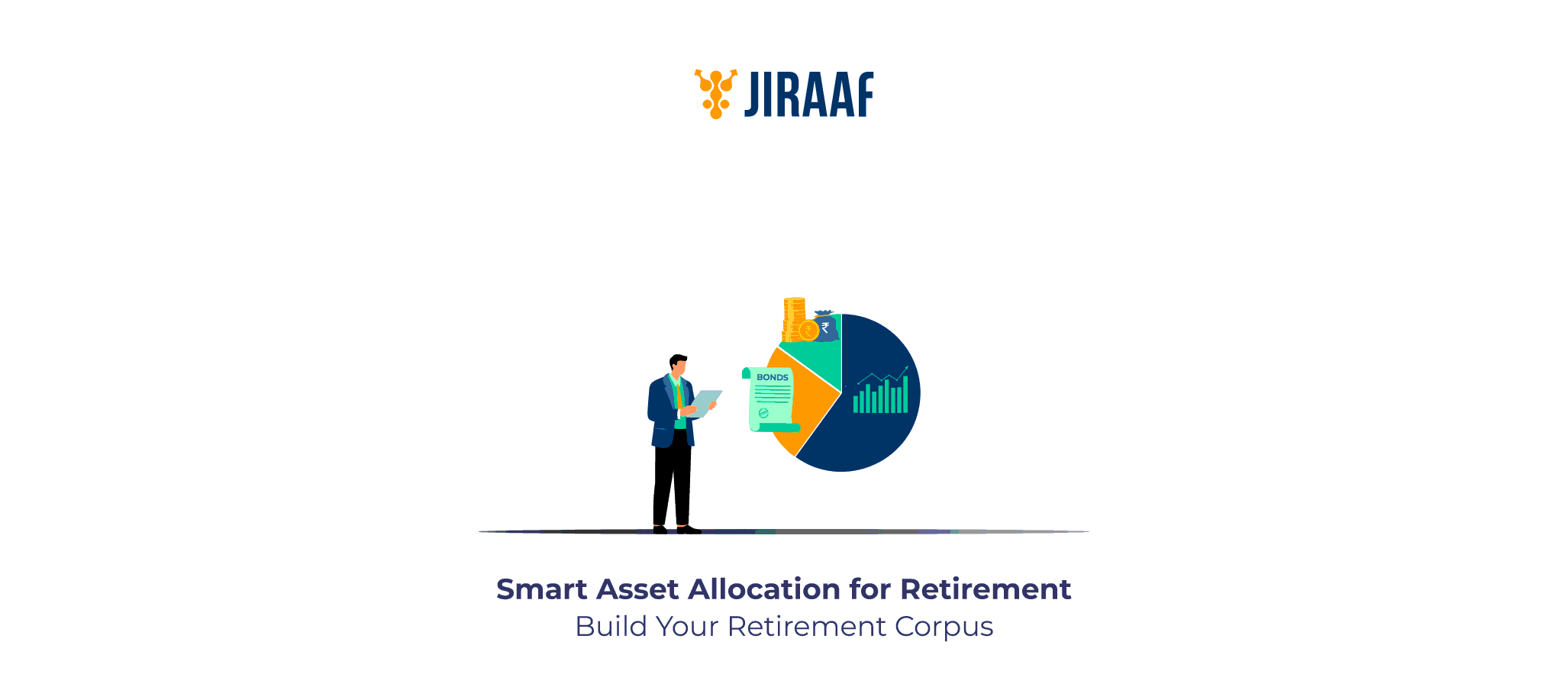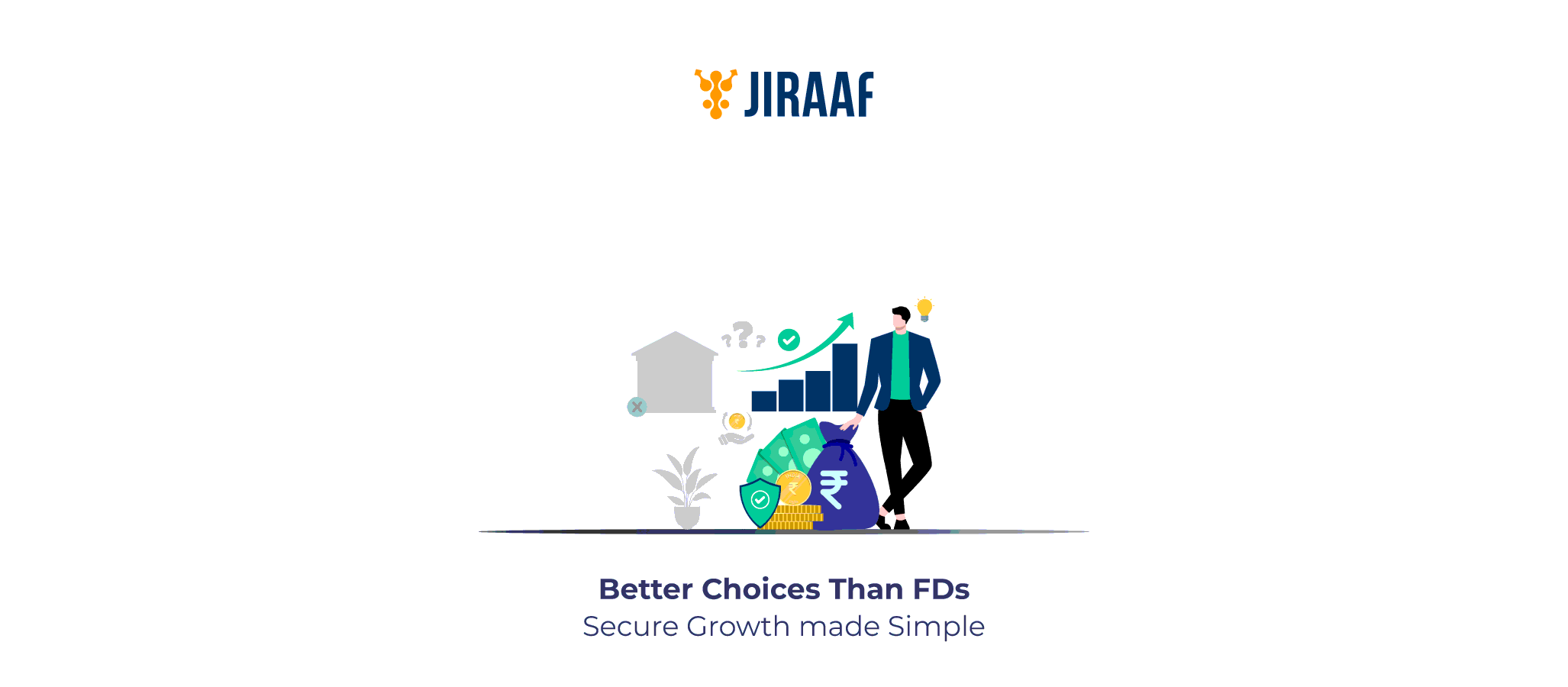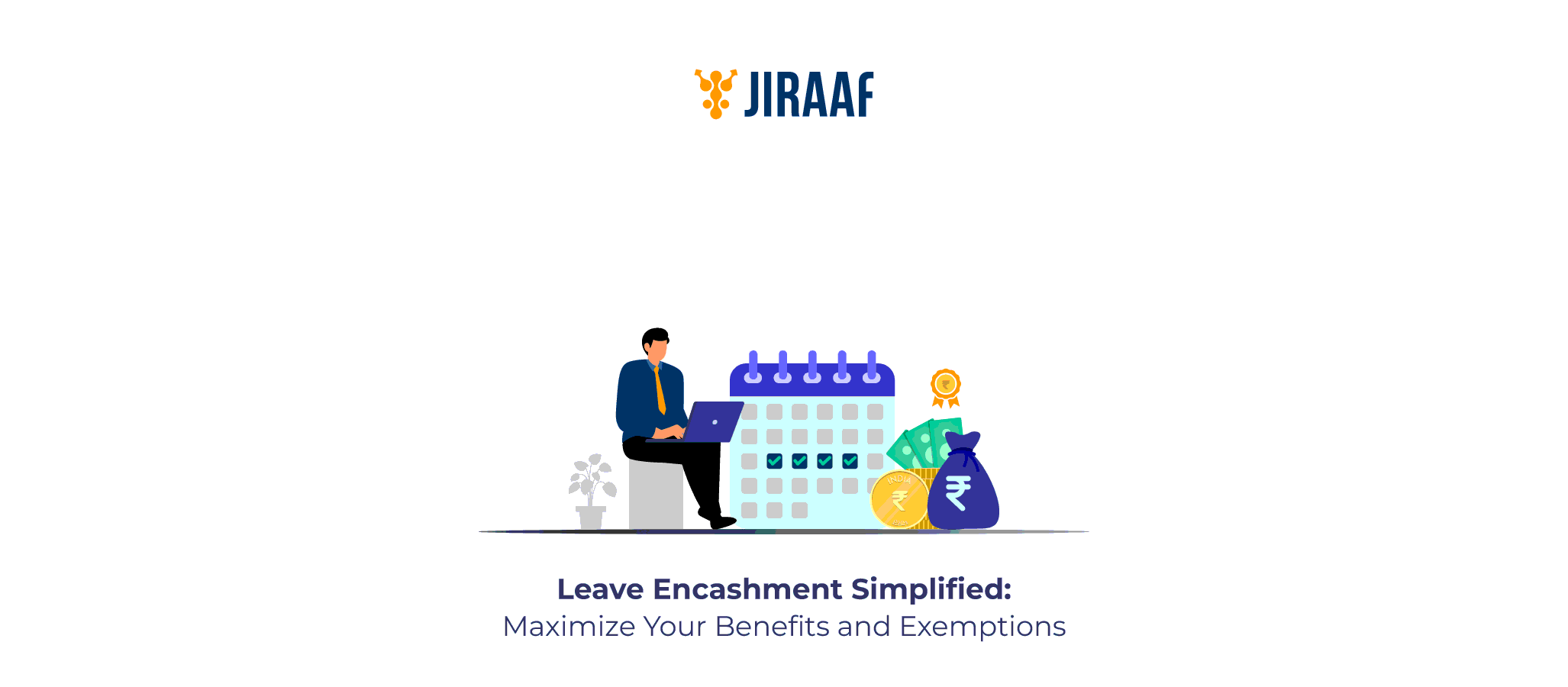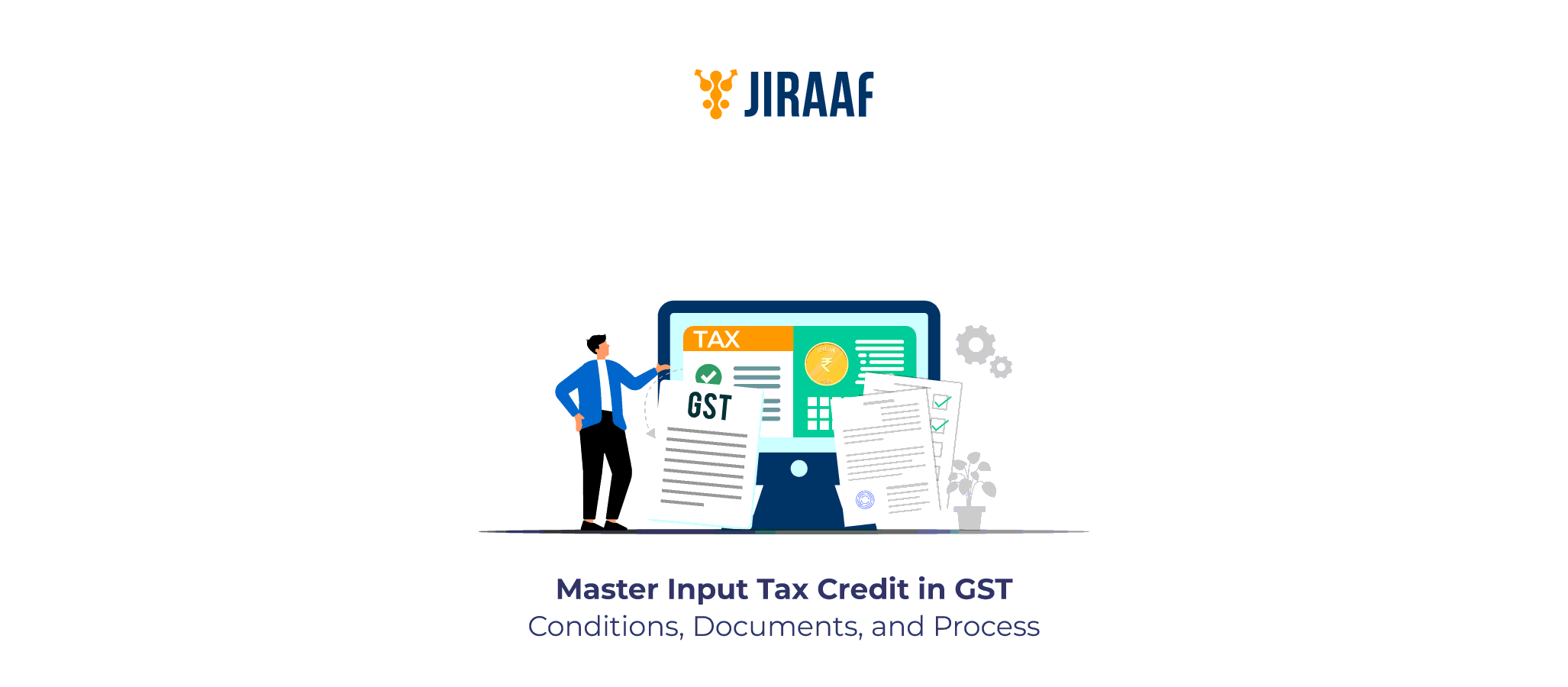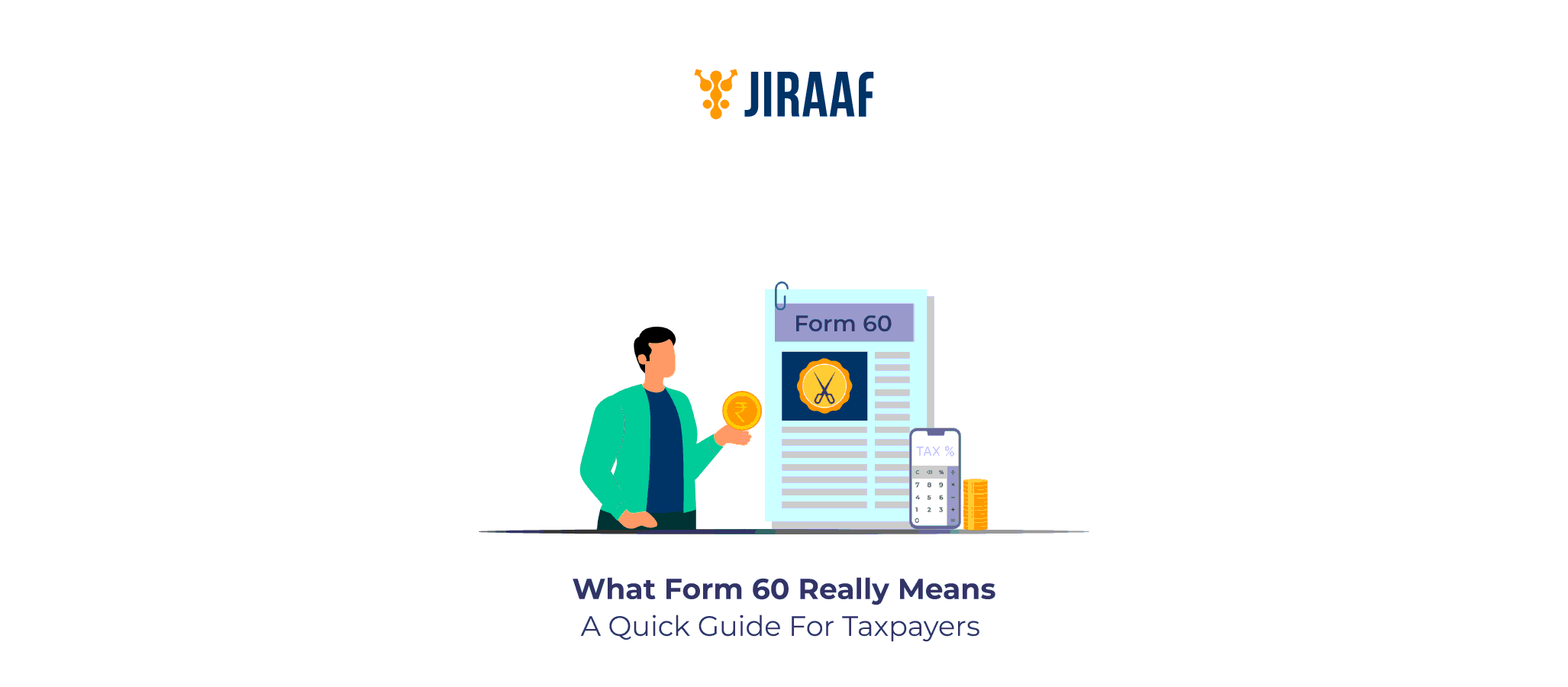The closer retirement gets, the more we realize that even though it might be marked by one single date on a calendar, it’s a period of life, one that marks a big shift in everything from how we live to how we plan our future, and, among other things, how money should behave for us. In our earning years, we chase returns; in our retired years, we seek reliability. That’s where the real tension begins: how much stability is enough, and how much growth is still necessary?
FDs and systematic investment plans (SIPs) often sit on opposite ends of this balance. One offers comfort in certainty; the other, opportunity in uncertainty. But the real question isn’t which one is better—it’s how they can work together to preserve and grow wealth through different stages of retirement.
This blog explores that balance, not from the lens of theory, but from the reality of what retirees actually need: peace of mind today and intact purchasing power tomorrow.
Understanding SIP and FD Basics
A fixed deposit is one of the oldest traditional investment options. You deposit a lump sum with a bank or financial institution for a fixed tenure and earn a predetermined interest rate. The returns don’t change, regardless of market conditions, and that’s what makes FDs so reliable. They’re ideal for those who prefer stability and don’t want to worry about daily market movements.
An SIP, on the other hand, is not an investment itself but a way of investing in financial instruments. Instead of putting in a large amount at once, you invest small sums regularly, either monthly or quarterly. This approach helps you average out the cost of investment over time (called rupee cost averaging) and allows you to benefit from long-term market growth without needing to time the market.
Simply put, FDs focus on capital protection and steady income, while SIPs focus on capital appreciation by aligning your investments with long-term market growth.
To decide which suits your retirement plan better, you need to understand how they behave under varying market and economic conditions. That brings us to the next factor, which is risk and return.
SIP vs FD: Risk and Return Comparison
When it comes to investing, fixed deposits represent the low-risk side of the spectrum. You know exactly how much interest you’ll earn and when you’ll get it. That certainty provides comfort, especially for conservative investors who prefer a steady, predictable growth path.
However, the trade-off is that FD returns, typically ranging from 2.50% to 9.00% (as of October 2025), often struggle to keep pace with inflation over long periods.
SIPs, meanwhile, involve a different kind of journey. Since your investments go into mutual funds, returns depend on how the market performs. While short-term fluctuations are inevitable, the long-term trend of disciplined investing often rewards patience. The compounding effect, where your returns themselves start earning more returns, can create substantial growth over time.
As Warren Buffett once said, “Risk comes from not knowing what you are doing”. SIPs aren’t inherently risky if chosen wisely and held long enough. By diversifying across asset classes and maintaining consistency, you can use SIPs to turn market volatility into a long-term opportunity.
In short, FDs provide safety and predictability, while SIPs offer growth and flexibility. Which one works for you depends on how much uncertainty you’re comfortable with and what kind of returns you expect to build your retirement corpus.
Knowing how each handles risk is just half the story. The real test lies in how well they help your wealth grow over decades because retirement rewards consistency, not just caution.
SIP vs FD: Which Option Offers Better Long-Term Growth?
Long-term wealth creation is about patience, consistency, and staying invested through market cycles. SIPs are designed to take advantage of these points. They help you build wealth gradually, using rupee cost averaging to smooth out short-term market fluctuations.
The rising popularity of SIPs among Indian investors shows a clear shift toward disciplined long-term investing. As of March 2025, SIP inflows rose by 34.53% year-on-year to ₹25,926 crore, with active SIP accounts growing from 6.38 crore to 8.11 crore. These numbers aren’t just statistics—they represent growing confidence in structured, market-linked wealth creation.
FDs, in contrast, continue to play an important role for investors seeking assured returns. Depending on the bank and tenure, interest rates range between 6% and 8.5%, with some smaller banks and NBFCs offering slightly higher rates. The certainty of fixed returns appeals to those who prioritize security over potential upside.
Ultimately, SIPs can outpace FDs over long horizons because they allow your money to participate in market growth. Yet, the reliability of FDs makes them an equally important component for preserving capital and ensuring a steady income. The key lies in finding the right balance between both.
So, when comparing long-term growth, SIPs tend to win on performance, while FDs win on predictability. But retirement isn’t only about returns; it’s also about how easily you can access your money when life throws a curveball.
SIP vs FD: Liquidity and Flexibility
Growth matters, but access to your money matters just as much. Liquidity becomes vital during unexpected situations such as a medical emergency, sudden repairs, or any event that strains your cash flow.
FDs are secure but not very flexible. Withdrawing funds before maturity usually attracts penalties and reduces your effective return. This structure encourages discipline but limits your ability to access money quickly when you need it most.
SIPs, on the other hand, offer more flexibility. You can redeem your mutual fund units anytime, though you may face an exit load if withdrawn within a short holding period. Moreover, SIPs allow you to modify, pause, or top up your contributions based on your financial situation, offering far greater control than an FD.
Liquidity and adaptability are especially important as retirement approaches. The ability to reallocate funds or adjust contributions ensures that your investments remain aligned with changing goals and needs over time.
You’ve seen how both options handle growth, risk, and access to funds. The real question now is—which one aligns better with the retirement you’re planning for?
SIP or FD: Which is Better for Retirement?
There’s no universal answer as the better option depends entirely on your goals, comfort with market risk, and stage of life.
FDs are ideal if you prioritize stability. They safeguard your principal and provide assured returns, which can be vital during retirement years when predictable income matters more than aggressive growth. However, since FD returns may not fully offset inflation, relying solely on them might limit long-term wealth accumulation.
SIPs, meanwhile, allow for gradual, scalable investing. They work well for younger investors or those with several years until retirement, giving enough time for compounding to work. SIPs also offer flexibility to adjust contributions and benefit from market upswings over time.
A smart retirement strategy doesn’t have to choose one over the other. You can combine both of them using FDs for short-term safety and SIPs for long-term growth. This hybrid approach helps balance liquidity, risk, and return in a way that fits your personal comfort level and future needs.
Finding the right mix isn’t about following trends but about aligning with what truly works for you. If you’re unsure how to balance both options or structure them for your goals, consider consulting a financial advisor to tailor the plan to your specific needs.
